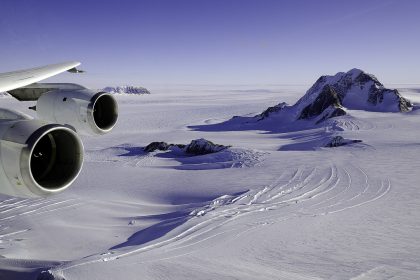Waiving Fees to Unlock Hidden Himalayas
In a bold move to channel climbing traffic beyond the crowded corridors of Mount Everest, Nepal has announced that it will waive climbing fees for 97 peaks located in the country’s remote Karnali and Sudurpashchim regions for the next two years. Ranging in elevation from 5,870 m to 7,132 m, these lesser-known peaks present an opportunity to stimulate tourism in areas that have long been bypassed.
Responding to an Overcrowded Everest
Mount Everest remains the marquee mountain in Nepal’s tourism portfolio, attracting hundreds of climbers each season—but at a steep environmental and safety cost. By offering a compelling alternative—free access to remote yet scenic peaks—Nepal hopes to ease overcrowding, reduce Everest’s ecological burden, and distribute economic opportunities more equitably.
Economic Boost for Underserved Regions
Targeted areas for this initiative, located along Nepal’s western border with India, are among the nation’s poorest. Officials envision that increased climbing activity will generate employment in guiding, lodging, and logistics, bringing much-needed income to local communities.
Everest Fees Climb Even Higher
In tandem with the fee waiver, Nepal is raising permit costs across other peaks. As of September 1, climbs on Everest now cost US$15,000 (up from $11,000), while permits for smaller mountains will increase to approximately $350 (up from $250). Against this backdrop, the free peaks stand out as financially attractive—and strategic—alternatives for aspiring mountaineers.
Challenges Remain Despite Incentives
However, the waiver’s impact may be limited. Critics note that the freed “royalty fees” are a minor portion of overall expedition costs; actual permits still carry significant prices, often exceeding $1,500 per peak below 6,500 m. Furthermore, the affected regions suffer from inadequate infrastructure, poor road connectivity, and scarce accommodations—factors that continue to deter prospective climbers.
Early Results: Modest Interest So Far
Data from 2023 to 2025 indicates that just 68 climbers attempted any of the 97 “free” peaks—bringing in a total of approximately $10,000 in revenue. By contrast, Everest alone generated over $4.5 million last year. Clearly, the initiative offers promise—but requires stronger support and promotion to gain traction.
What It’ll Take to Succeed
Tourism stakeholders urge that fee waivers must be paired with broader investments—such as improved transportation, lodging facilities, and local guide services—to make remote climbing destinations viable. Only through coordinated public-private initiatives and increased publicity can Karnali and Sudurpashchim become sustainable alternatives to the Everest-focused circuit.
Looking Ahead: Diversifying Nepal’s Mountaineering Offer
Nepal’s bold experiment seeks to move climbers beyond the well-worn path to Everest and spark tourism growth in its most scenic, yet neglected, regions. Whether it marks a lasting shift toward sustainable mountaineering depends on both logistical investment and world-wide interest—unlocking the potential of the Himalayas beyond Everest’s shadow.











